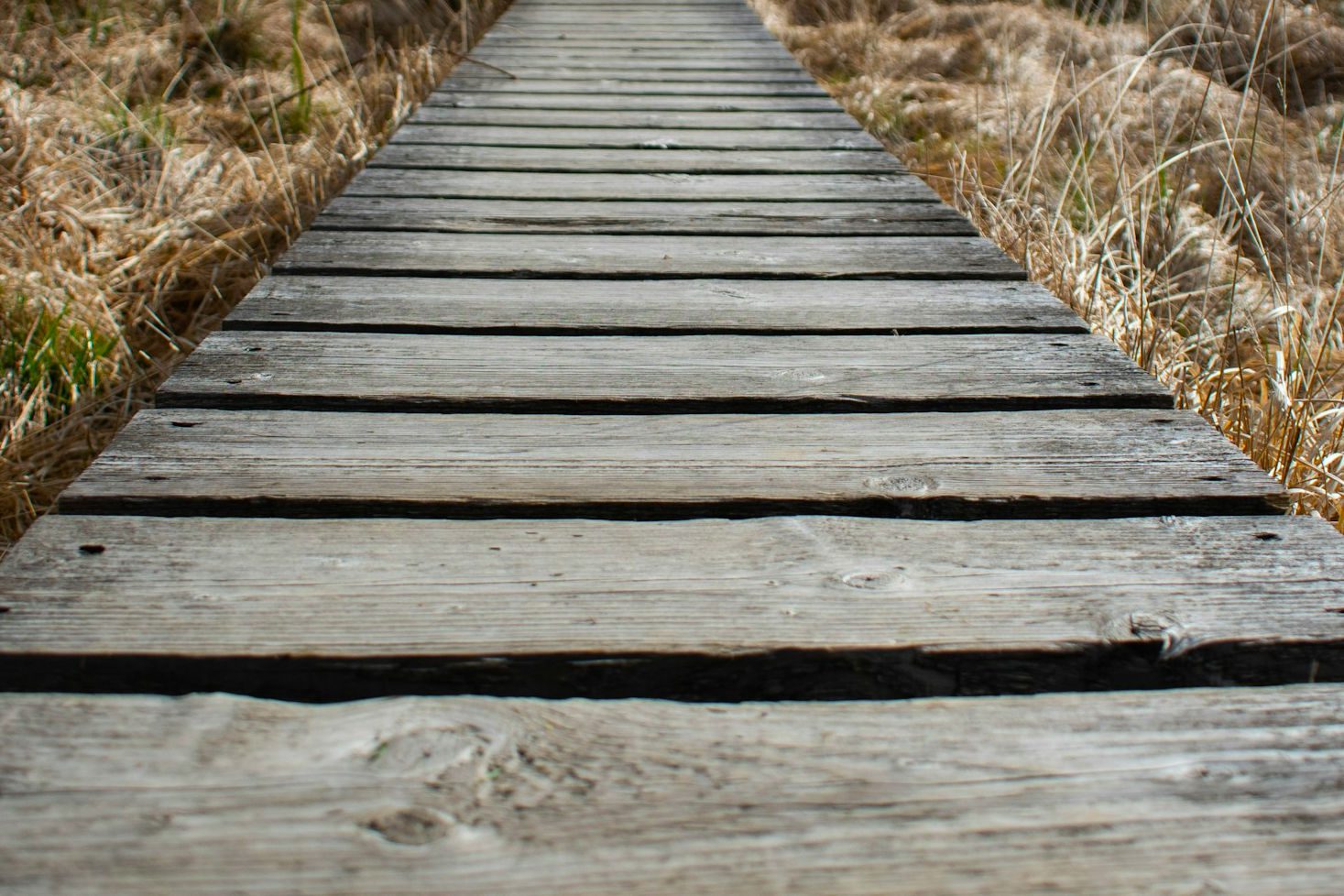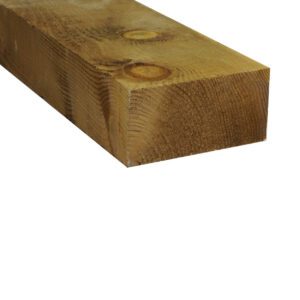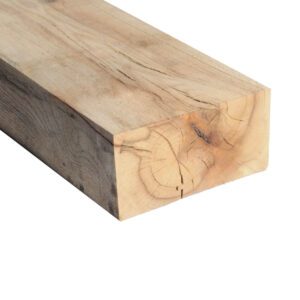
How to lay garden sleepers
Garden sleepers have become a go-to material for landscaping projects across the UK, offering a blend of rustic charm, durability, and versatility. Whether you’re planning to create raised beds, garden edging, or stylish retaining walls, understanding how to lay garden sleepers correctly is essential to achieving a professional finish. This comprehensive guide will walk you through every step to help you select, prepare, and install sleepers that will elevate your garden’s style and function.
Choosing the right garden sleepers
When it comes to garden sleepers, your first decision revolves around the type of material. The common varieties include treated softwood sleepers, hardwood sleepers and reclaimed railway sleepers. Softwood sleepers, often pressure-treated with chemicals like Tanalith-E, offer affordability and ease of handling, but they tend to have a shorter lifespan compared to hardwood alternatives. Hardwood sleepers, such as European oak boast higher durability and natural pest resistance, lending a rich natural beauty to your garden beds or borders.
Reclaimed railway sleepers provide rustic charm and sustainability benefits by reusing materials, but they require thorough inspection for chemical treatments and potential deterioration. Due to historical treatment with creosote, reclaimed sleepers should not be used in areas where they may come into contact with soil for food growing, children, or pets. They are best suited for decorative or structural landscaping features where direct contact is limited. Concrete sleepers are highly durable and low-maintenance but may lack the organic aesthetics that wooden sleepers bring.
When choosing, consider factors such as:
- Durability and lifespan
- Visual appeal and rustic charm
- Environmental impact and eco-friendliness
- Project budget and weight handling
To help you select the best sleeper for your needs, here’s a comparison of the main types used in UK landscaping:
| Sleeper Type | Durability | Environmental Impact | Maintenance | Typical Uses | Cost |
|---|---|---|---|---|---|
| Softwood (Treated) | Medium | Moderate | Needs re-treatment | Raised beds, edging | Low |
| Hardwood (e.g., Oak) | High | Higher land use, long life | Occasional treatment | Retaining walls, heavy use | High |
| Reclaimed Railway | High (if sound) | Sustainable reuse, may be hazardous | Check for chemicals | Rustic features, borders | Medium |
| Recycled Plastic | High | Lowest carbon footprint | Minimal | Edging, raised beds, steps | Medium-High |
| Concrete | Very High | High energy to produce | Minimal | Retaining walls, steps | Medium |
Planning your garden project – How many sleepers do you need?
Proper planning is pivotal to a successful garden sleeper project. Begin by measuring your outdoor space carefully, whether you are creating raised beds, sleeper edging, or garden borders. Timber sleepers are available in a variety of lengths (typically 1.2m to 3.6m), so planning your layout carefully can help minimise cutting and waste.” The number of sleepers you require depends on:
- The dimensions of your garden beds or borders
- The height or number of sleeper layers (e.g., one or two sleepers high for raised borders)
- The design shape (straight lines vs. curves)
- Whether you intend to build features such as sleeper steps or retaining walls
Using a carpenter’s pencil and string line, mark your planned layout on the ground. Calculate the total length of material needed and add an allowance for cutting losses and overlaps. This pre-planning ensures you purchase the correct volume and dimensions, avoiding last-minute shortages.
Preparing ground for garden sleepers
Before laying garden sleepers, proper ground preparation is essential. Start by clearing any vegetation, debris, or uneven ground in the area where the timber will be placed.
Dig a shallow trench slightly deeper than the height of your chosen sleeper to allow for a compacted sub-base. This base typically consists of gravel or sharp sand to aid drainage and improve stability. You can also add a permeable membrane beneath the base to help prevent weed growth and moisture build-up.
The goal is to create a stable, level, and well-draining foundation that helps extend the life of your sleepers by reducing the risk of rot or pest damage. Use a spirit level and a tamper to compact the base evenly and ensure your sleepers will sit flush and secure.
Laying garden sleepers – Step-by-Step
Laying garden sleepers is a practical and creative way to enhance your outdoor space, whether you’re installing sleepers for garden edging, constructing raised beds, or tackling another garden project. If you want to know exactly how to lay garden sleepers for a professional and lasting result, start by marking out your layout and digging a shallow trench along the planned line. This initial groundwork ensures the structure will sit securely and remain in place, providing both stability and a neat appearance in your landscape. With the area prepared, you’re ready to move on to the key steps of installation outlined below.
- Position the first sleeper: Using a string line for alignment, place your first sleeper into the trench. Ensure it sits firmly on the compacted base and check with a spirit level that it is perfectly horizontal.
- Lay Additional Sleepers
For longer runs, continue placing sleepers end to end, ensuring tight joints. If you’re stacking sleepers (e.g. for raised beds), stagger the joints like bricks for better strength and visual appeal. - Secure Corners and Joints
Overlap or mitre-cut corners, and fix them using sleeper screws, brackets, or timber pegs depending on your design. Pre-drilling helps prevent splitting. - Keep Edges Neat and Level
Use your string line and level throughout the project to maintain clean, even lines. Adjust as needed before final fixings go in.
Key considerations during laying:
- Leave a small gap between sleepers if required for drainage or expansion
- Avoid placing sleepers directly on damp soil without proper foundation
- Use heavy duty gardening gloves to handle sleepers safely and prevent wood splinters
Securing sleepers – Fixings and fasteners
To keep your sleepers secure and durable, appropriate fixings are vital. Depending on your design and sleeper type, consider:
- Long landscaping screws or sleeper screws for connecting horizontal layers
- Steel threaded bars driven vertically into sleepers and ground for anchoring
- Angle brackets, corner braces, sleeper pins and joining plates to reinforce joints especially in raised beds or retaining walls
Pre-drilling holes with an auger bit helps prevent timber splitting when inserting screws or pins. Metal plates can also be used to add strength at vulnerable areas. For safety, always check your fixings are rust-resistant, especially for outdoor timber.
Cutting and joining sleepers
Garden sleepers often require trimming and joining to fit your garden design. Softwood sleepers are easier to cut with standard power tools, while hardwoods like oak may require more powerful saws or professional tools due to their density. Always use personal protective equipment like safety goggles, work gloves, and dust masks.
After cutting, sanding rough edges will improve safety and appearance. Joining sleepers can be achieved with overlapping corners or flat joining plates, strengthened by sleeper pins or galvanized wood screws. Careful planning of corner profiles ensures your structures maintain stability and visual appeal.
Building raised beds and planters with sleepers
Raised beds enhance soil drainage, improve soil quality, and make gardening easier on the back. To build them with sleepers:
- Assemble the timber frame to your chosen dimensions.
- Secure the corners using angle brackets or corner pins braces.
- Place membrane inside to protect the wood from moist soil.
- Fill with a mixture of topsoil, organic compost, and bedding mix.
- Mulch with bark chippings to retain moisture.
Raised beds can be just one or two sleepers high, depending on the depth of soil needed for your flowers, vegetables, or soft fruits. Incorporate drainage layers like coarse gravel beneath the soil to prevent waterlogging.
Creating garden sleeper edging and borders
Sleepers make excellent edging for lawns, flower beds, and pathways, creating defined garden borders that add structure and visual appeal. For sleeper edging:
- Mark the perimeter precisely using string lines.
- Lay timber horizontally or vertically depending on your design.
- Secure each piece with wooden stakes or pegs and steel pins for extra stability.
- Combine with gravel infill or decorative stones for enhanced appearance and drainage.
Popular features include sleeper steps, curved borders, or vertical sleeper installation for privacy screens or retaining walls.
Finishing touches – Wood preservative, wood stain, and maintenance
After installing your garden sleepers, it’s important to protect and maintain the wood for longevity and appearance. Apply a quality wood preservative or stain once the timber has completely dried—this helps defend against moisture, UV rays, and fungal growth. Regular maintenance, such as reapplying wood treatment every couple of years and checking for signs of wear, will ensure your garden structure remains sturdy and attractive.
Should I paint my sleepers?
Treated Softwood Sleepers can be painted or stained after they have dried out fully, a few months after installation. Use a breathable, exterior-grade wood paint or stain, and clean the surface beforehand for the best finish.
Hardwood sleepers, especially oak, are best maintained with UV protection, which helps retain their natural colour and reduces cracking. Painting oak, doesn’t bond well and may peel.
Environmental considerations
Choosing the right garden sleeper isn’t just about aesthetics and durability—environmental impact is increasingly important for UK gardeners.
- Reclaimed railway sleepers are a sustainable option, as they repurpose existing materials and reduce demand for new timber. However, many reclaimed sleepers have been treated with creosote or other chemicals, which can pose environmental and health risks if not handled or disposed of properly.
- Softwood and hardwood sleepers from responsibly managed sources can offer a balance between longevity and sustainability. Softwoods are often more affordable and lighter, but less treated properly, they have a shorter lifespan. . Hardwoods, such as oak, are more durable but require more resources and land to produce, which can impact biodiversity.
- Disposal regulations: In the UK, recent changes to wood waste regulations mean that certain types of treated wood, especially those from older railway sleepers, are now classified as hazardous waste and must be disposed of at authorised facilities. Always check local guidelines for safe disposal or recycling of timber products to ensure compliance and minimise environmental harm.If in doubt, contact your local council or licensed timber recycling facility for advice on safe disposal.
Safety tips and best practices
Handling heavy sleepers safely involves wearing gloves to protect your hands from splinters and cuts, using safety goggles and dust masks when cutting timber, and employing teamwork or mechanical assistance to move large pieces. Always ensure sleepers are firmly fixed to prevent movement over time, especially when constructing vertical features like retaining walls or privacy screens.
Store sleepers raised off the ground and covered before installation to avoid unnecessary moisture absorption or pest infiltration.

